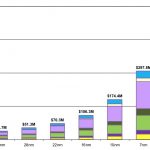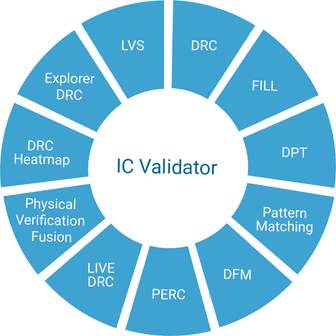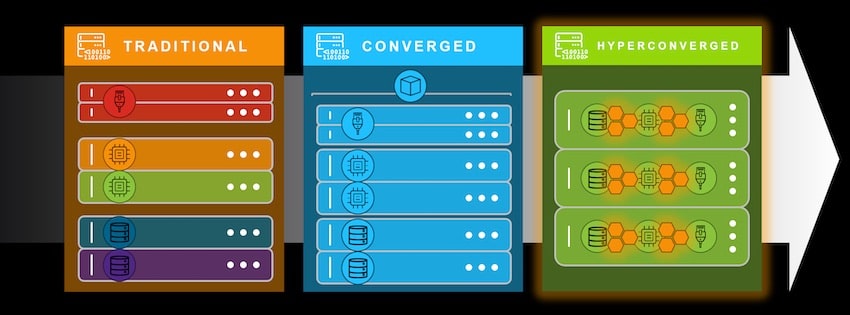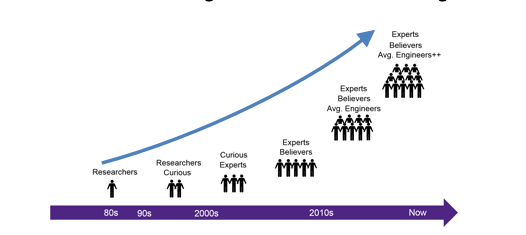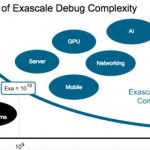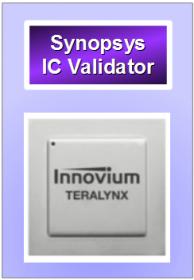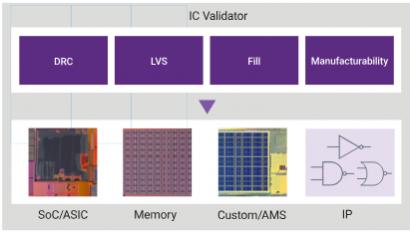The entire history of EDA software tools has enabled engineers to design ICs and SoCs using virtual prototyping, so most of us in the industry are familiar with the idea of modeling and simulating something as complex as an IC before actually starting the manufacturing process. In a complex system like an automobile there are a lot… Read More
Learning on the Edge Investment Thesis
It is said that it will cost as much as $600M to develop a 5nm chip. At that price, only a few companies can afford to play, and with that amount of cash in, innovation is severely limited.
At the same time, there is a stampede in the artificial intelligence (AI) market where around 60 startups have appeared, many of which have already … Read More
Complex Validation Requires Scalable Measures
The famous Olympic motto Citius, Altius, Fortius, which is the Latin words for “Faster, Higher, Stronger” to a considerable degree can be adapted to our electronics industry. Traditionally the fundamental metrics we used for measuring the quality of results (QoRs) are performance, power, and area (PPA). Amidst… Read More
EDA Update 2019
Over the last six years EDA has experienced yet another disruption not unlike the Synopsys acquisition of Avant! in 2001 which positioned Synopsys for the EDA lead they still enjoy today. Or the hiring of famed venture capitalist Lip-Bu Tan in 2009 to be the CEO of struggling EDA pioneer Cadence Design Systems. Under Lip-Bu’s… Read More
IC Implementation Improved by Hyperconvergence of Tools
Physical IC design is a time consuming and error prone process that begs for automation in the form of clever EDA tools that understand the inter-relationships between logic synthesis, IC layout, test and sign-off analysis. There’s even an annual conference called ISPD – International Symposium on Physical Design… Read More
Managing Formal Complexity Even into AI
The Synopsys Formal group have a reputation for putting on comprehensive tutorials/workshops at DVCon and this year again they did not disappoint. The theme for the Thursday workshop was tackling complexity in control and datapath designs using formal. Ravindra Aneja, who I know from Atrenta days, kicked off the session with… Read More
ARM, NXP Share Usage, Challenges at Synopsys Lunch
Synopsys runs a “Industry verifies with Synopsys” lunch at each DVCon, which isn’t as cheesy as the title might suggest. The bulk of the lunch covers user presentations on their use of Synopsys tools which I find informative and quite open, sharing problems as much as successes. This year, Eamonn Quiqley, FPGA engineering manager… Read More
Synopsys Tackles Debug for Giga-Runs on Giga-Designs
I think Synopsys would agree that they were not an early entrant to the emulation game, but once they really got moving, they’ve been working hard to catch up and even overtake in some areas. A recent webinar highlighted work they have been doing to overcome a common challenge in this area. Being able to boot a billion-gate design, … Read More
Switch Design Signoff with IC Validator
The surge of network traffic at the data centers has driven to an increase in network bandwidth, doubling every 12-15 months according to a study conducted on Google’s data centers. The primary drivers to this uptick include the proliferation of cloud computing, more distributed storage architecture, emerging applications… Read More
Physical Verification with IC Validator
If a picture worths a thousand words, a tapeout quality SoC design with billions of polygons would compose a good book. To proofread this final design transformation format requires a foundry driven DRC/LVS signoff solution that nowadays is becoming more complex with further process scaling and shrinking pitch dimension.
Despite… Read More



